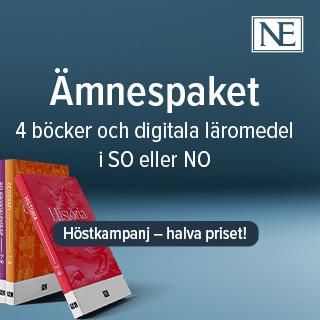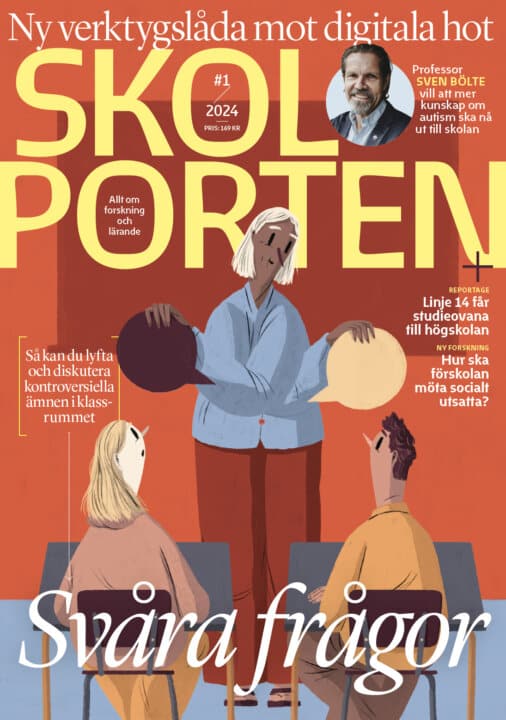Digitala skrivtavlor – till vad, hur och varför?: En studie om den digitala skrivtavlans betydelse för grundskolans digitalisering utifrån ett lärarperspektiv
Hur och varför använder lärare digitiala skrivtavlor? Det är en av frågorna som Tor Ahlbäck utforskar i sin avhandling om hur den digitala skrivtavlan har den förändrat undervisningen.
Tor Ahlbäck
Professor Peter Karlsudd, Linnéuniversitetet Martin Stigmar, Linnéuniversitetet
Professor Anders Jacobsson, Malmö universitet
Linnéuniversitetet
2018-04-20
Digitala skrivtavlor – till vad, hur och varför?: En studie om den digitala skrivtavlans betydelse för grundskolans digitalisering utifrån ett lärarperspektiv
Institutionen för pedagogik och lärande
Abstract in English
The purpose of this thesis is to examine in what aspects the interactive whiteboard (IWB) has contributed to the digitalization of our schools, and how it may have changed the actual teaching in the classroom. This research explores this question from a didactic perspective, as well as from the perspective of the teachers’ reflections. The main research questions are: What do teachers use the IWB for? How do teachers use the IWB? Why do teachers use the IWB? These questions have been analyzed within a didactic framework, which is based on the expanded didactic triangle (Hudson & Meyer 2011) and the logic of events (von Wright 1983). Data was collected by interviews and surveys. The analysis was done abductively, based on a mixed methods approach. The results show that the IWB has the function of a digital hub in whole-class teaching, being mainly used as a computer projector, film projector and digital whiteboard. The main value of the IWB according to the study is that it provides the teacher access to digital information during a class. In their response, teachers express a wish to vary and adapt the teaching to include the IWB, in order to increase student motivation and participation. The study shows major differences with regards to the extent and the ways that the IWB is used in relation to teacher and school, leading to differences in pupils’ learning. Moreover, the complexity of teaching increases with the introduction of the IWB, as it requires the development of the teacher’s knowledge and skills. The study indicates that the use of the IWB implies a shift of the norm in school’s whole-class teaching to become more digital. The results are further discussed through four aspects of education: classroom practice, teachers, the school as an organization and society as a whole. The results imply that in order to develop teachers’ didactic repertoire, teachers need to be given clear assignments as well as opportunities for investigating the possibilities and limitations of digital tools, including developing and describing different methods and their advantages and disadvantages. This is proposed to be an area for further research in general and subject didactics, through action and participatory research.
Relaterade länkar

Fritidshem
 Åk F–6
Åk F–6 Matematikångest
 Åk 4–Vux
Åk 4–Vux 






